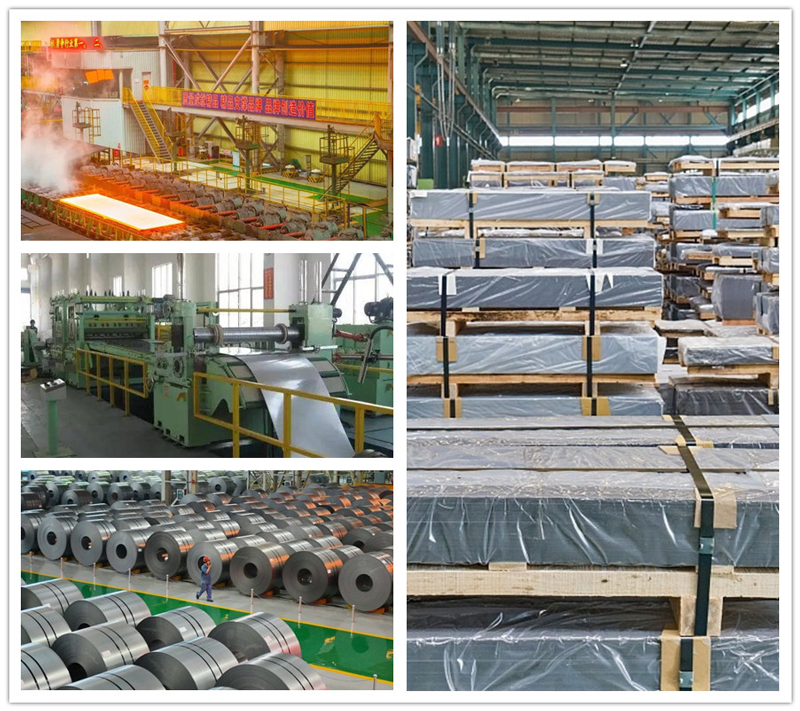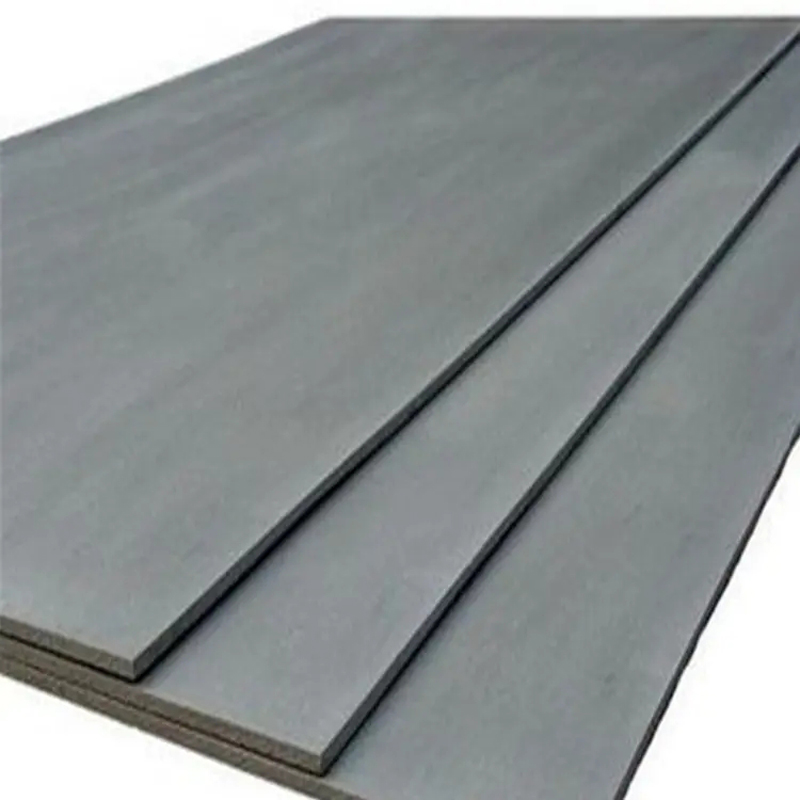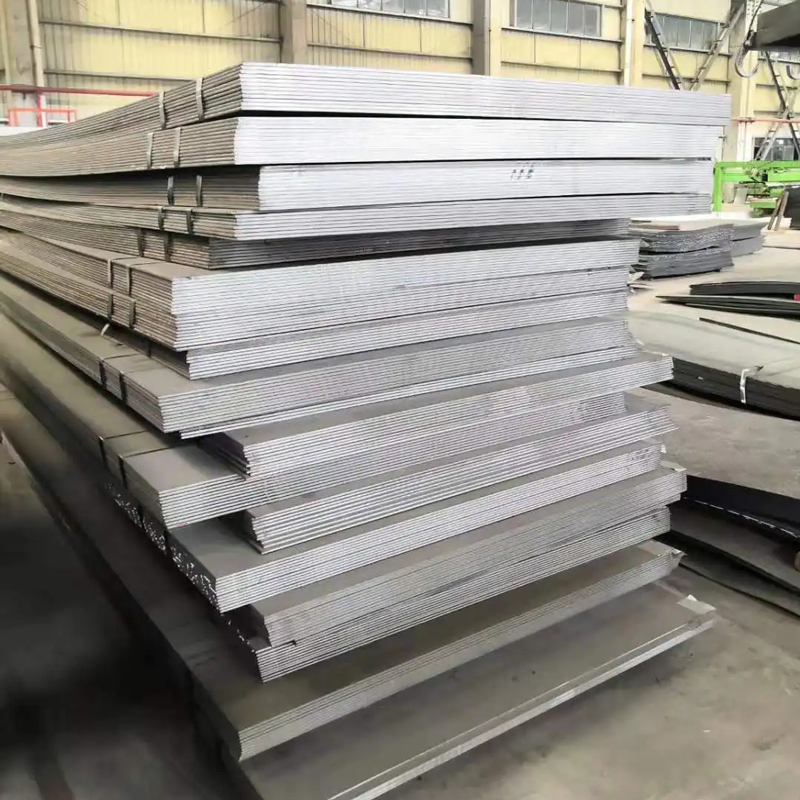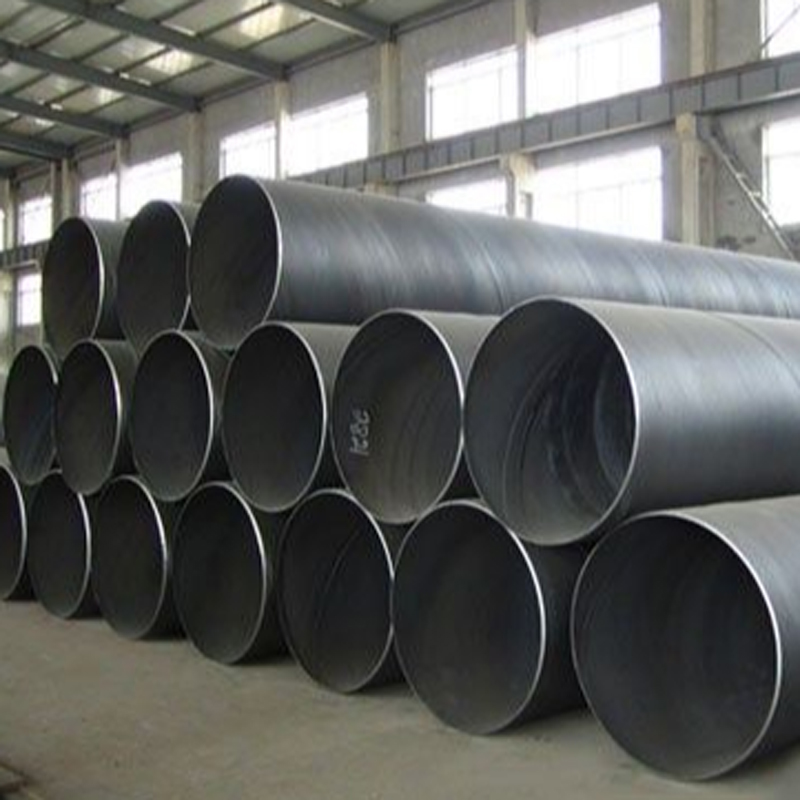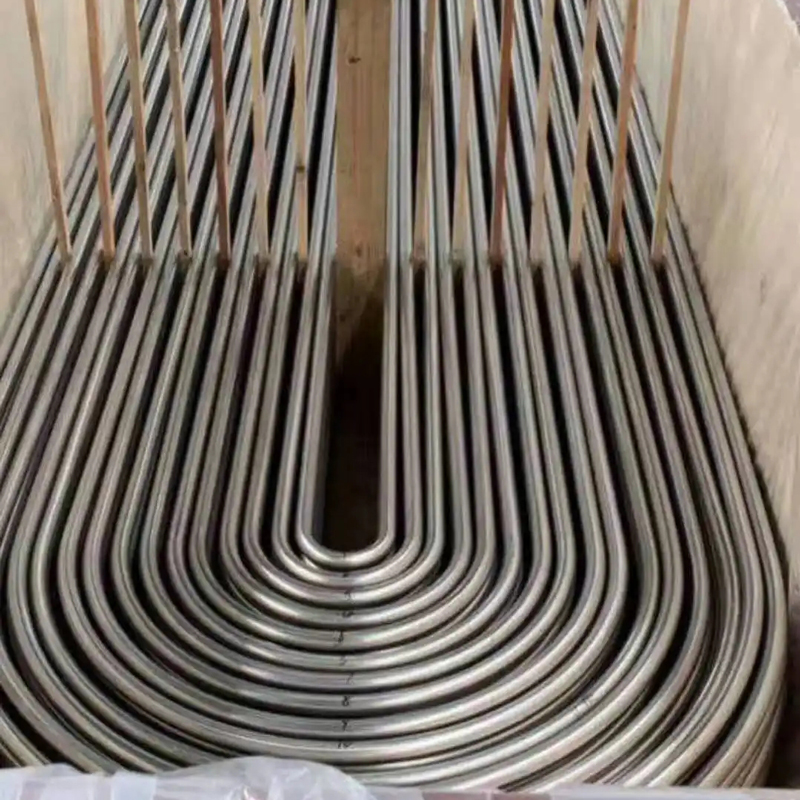SA588 SA387 Alloy Steel Plate
The influence of alloy elements on the process properties of steel
1. Influence of alloy elements on steel casting performance
The lower the temperature of the solid and liquid phase lines and the narrower the crystallization temperature area is, the better the casting performance is. The influence of alloy elements on the casting performance depends mainly on their influence on the Fe-Fe3C phase diagram. In addition, many elements, such as Cr, Mo, V, Ti, Al, form high melting point carbide or oxide particles in steel, which increase the viscosity of steel, reduce the fluidity, and deteriorate the casting performance.
2. The influence of alloy elements on plastic machining of steel
Plastic processing is divided into heat processing and cold processing. Alloy elements into the solid solution, or the formation of carbide (such as Cr, Mo, W, etc.), improve the thermal deformation resistance of steel and the significant decline of thermoplasticity and easy to forge and crack. The thermal processing process performance of general alloy steel is much worse than that of carbon steel.
3. Effect of alloy elements on the welding properties of steel
Alloy elements all improve the quenability of steel, promote the formation of brittle tissue (martensite), and make the welding performance become bad. However, the steel contains a small amount of Ti and V, which can improve the welding performance of the steel.
4. The influence of alloy elements on steel cutting performance cutting performance is closely related to the hardness of steel, steel is suitable for cutting processing hardness range of 170 HB ~ 230 HB. The cutting performance of general alloy steel is worse than that of carbon steel. However, the appropriate addition of S, P, Pb and other elements can greatly improve the cutting performance of steel.
5. The influence of alloy elements on the performance of the heat treatment process of steel
The performance of heat treatment process reflects the difficulty of steel heat treatment and the tendency of heat treatment. It mainly includes quenability, overheating sensitivity, tempering embrittlement and oxidative decarbonization. Alloy steel has high quenability, and a relatively slow cooling method can be used when quenching, which can reduce the deformation and cracking tendency of the workpiece. Adding manganese and silicon will increase the overheating sensitivity of the steel.
Product Detail
|
Steel Grade: |
15CrMo,12CrMoV,EN: S235JR, S275JR, S355JR, S420NL, S460NL, S500Q, S550Q, S620Q, S690Q ASTM: Grade B, Grade C, Grade D, A36, Grade 36, Grade 40, Grade 42, Grade 50, Grade 55,Grade 60, Grade 65, Grade 70,GradeJIS:SPHC, SS400, SPFC, SPHD, SPHE |
|
Standard: |
DIN EN 10083,ASME SA516, ASTM A203M,ASME SA588,ASME SA387,SAE1045 JIS G4051,AISI, BS |
|
Thickness: |
1.0-300mm |
|
Width: |
100-4500mm,or according to customer’s special request |
|
Length: |
1-20meters,or according to customer’s special request |
|
Package: |
Export Standard Package |
|
Application: |
1.Machinery, Pressure vessel industries. 2.Ship building, Engineering construction. 3.Automobile, Bridges, Buildings. 4.Mechanical manufacturing, Pavement slab, ect. |
|
Mill MTC: |
Supplied before shipment |
|
Inspection: |
The Third Party inspection can be accepted,SGS,BV,TUV |
|
Mount Port: |
Any port in China |
|
Trade Term: |
FOB,CIF,CFR,EXW,etc. |
|
Price Term: |
TT or LC at sight |
|
Our Services: |
We can cut and bend steel plate according to customer’s requriement or drawing,packaging according to customers’ request |
Factory Show
